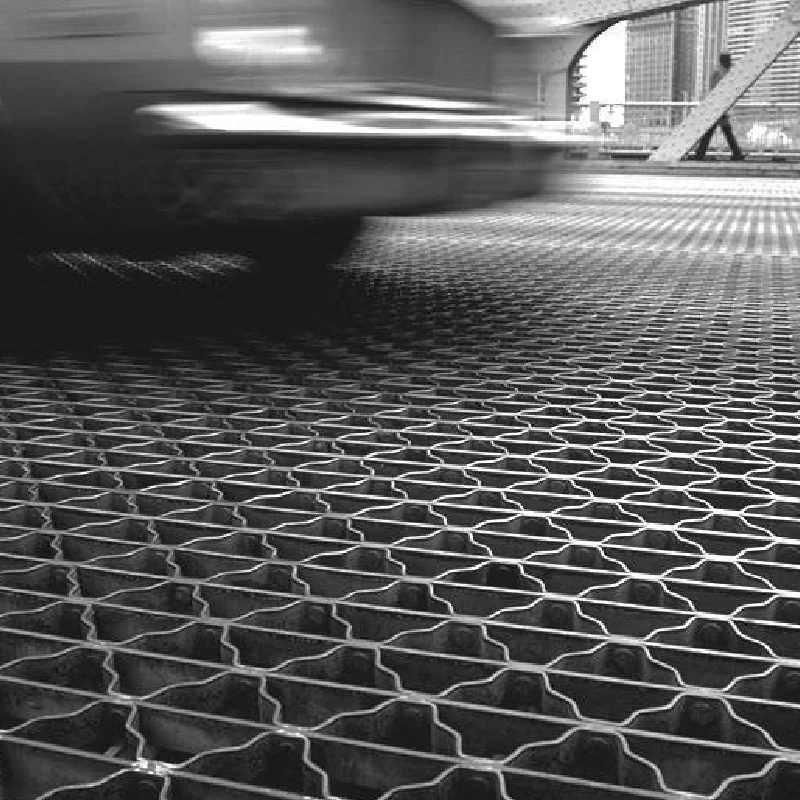- Industrial zone, South of Anping Town, Hengshui, Hebei, China.
- sales@hfpetromesh.com
- +86-18931809706
 Afrikaans
Afrikaans  Albanian
Albanian  Amharic
Amharic  Arabic
Arabic  Armenian
Armenian  Azerbaijani
Azerbaijani  Basque
Basque  Belarusian
Belarusian  Bengali
Bengali  Bosnian
Bosnian  Bulgarian
Bulgarian  Catalan
Catalan  Cebuano
Cebuano  Corsican
Corsican  Croatian
Croatian  Czech
Czech  Danish
Danish  Dutch
Dutch  English
English  Esperanto
Esperanto  Estonian
Estonian  Finnish
Finnish  French
French  Frisian
Frisian  Galician
Galician  Georgian
Georgian  German
German  Greek
Greek  Gujarati
Gujarati  Haitian Creole
Haitian Creole  hausa
hausa  hawaiian
hawaiian  Hebrew
Hebrew  Hindi
Hindi  Miao
Miao  Hungarian
Hungarian  Icelandic
Icelandic  igbo
igbo  Indonesian
Indonesian  irish
irish  Italian
Italian  Japanese
Japanese  Javanese
Javanese  Kannada
Kannada  kazakh
kazakh  Khmer
Khmer  Rwandese
Rwandese  Korean
Korean  Kurdish
Kurdish  Kyrgyz
Kyrgyz  Lao
Lao  Latin
Latin  Latvian
Latvian  Lithuanian
Lithuanian  Luxembourgish
Luxembourgish  Macedonian
Macedonian  Malgashi
Malgashi  Malay
Malay  Malayalam
Malayalam  Maltese
Maltese  Maori
Maori  Marathi
Marathi  Mongolian
Mongolian  Myanmar
Myanmar  Nepali
Nepali  Norwegian
Norwegian  Norwegian
Norwegian  Occitan
Occitan  Pashto
Pashto  Persian
Persian  Polish
Polish  Portuguese
Portuguese  Punjabi
Punjabi  Romanian
Romanian  Russian
Russian  Samoan
Samoan  Scottish Gaelic
Scottish Gaelic  Serbian
Serbian  Sesotho
Sesotho  Shona
Shona  Sindhi
Sindhi  Sinhala
Sinhala  Slovak
Slovak  Slovenian
Slovenian  Somali
Somali  Spanish
Spanish  Sundanese
Sundanese  Swahili
Swahili  Swedish
Swedish  Tagalog
Tagalog  Tajik
Tajik  Tamil
Tamil  Tatar
Tatar  Telugu
Telugu  Thai
Thai  Turkish
Turkish  Turkmen
Turkmen  Ukrainian
Ukrainian  Urdu
Urdu  Uighur
Uighur  Uzbek
Uzbek  Vietnamese
Vietnamese  Welsh
Welsh  Bantu
Bantu  Yiddish
Yiddish  Yoruba
Yoruba  Zulu
Zulu
- Afrikaans
- Albanian
- Amharic
- Arabic
- Armenian
- Azerbaijani
- Basque
- Belarusian
- Bengali
- Bosnian
- Bulgarian
- Catalan
- Cebuano
- Corsican
- Croatian
- Czech
- Danish
- Dutch
- English
- Esperanto
- Estonian
- Finnish
- French
- Frisian
- Galician
- Georgian
- German
- Greek
- Gujarati
- Haitian Creole
- hausa
- hawaiian
- Hebrew
- Hindi
- Miao
- Hungarian
- Icelandic
- igbo
- Indonesian
- irish
- Italian
- Japanese
- Javanese
- Kannada
- kazakh
- Khmer
- Rwandese
- Korean
- Kurdish
- Kyrgyz
- Lao
- Latin
- Latvian
- Lithuanian
- Luxembourgish
- Macedonian
- Malgashi
- Malay
- Malayalam
- Maltese
- Maori
- Marathi
- Mongolian
- Myanmar
- Nepali
- Norwegian
- Norwegian
- Occitan
- Pashto
- Persian
- Polish
- Portuguese
- Punjabi
- Romanian
- Russian
- Samoan
- Scottish Gaelic
- Serbian
- Sesotho
- Shona
- Sindhi
- Sinhala
- Slovak
- Slovenian
- Somali
- Spanish
- Sundanese
- Swahili
- Swedish
- Tagalog
- Tajik
- Tamil
- Tatar
- Telugu
- Thai
- Turkish
- Turkmen
- Ukrainian
- Urdu
- Uighur
- Uzbek
- Vietnamese
- Welsh
- Bantu
- Yiddish
- Yoruba
- Zulu
galvanized drainage grates
The Importance of Galvanized Drainage Grates in Modern Infrastructure
Galvanized drainage grates play a crucial role in modern infrastructure, ensuring efficient water management and preventing flooding in urban environments. These grates, made from steel that has been coated with a layer of zinc, offer a unique combination of durability, corrosion resistance, and functionality, making them ideal for a variety of applications.
One of the primary functions of galvanized drainage grates is to facilitate the proper flow of water away from roadways, parking lots, and other surfaces where water can accumulate. During heavy rainfall, stormwater can quickly overwhelm drainage systems, leading to hazardous conditions such as ponding and flooding. Galvanized grates effectively channel excess water into drainage systems, minimizing the risk of water damage to properties and ensuring safety for pedestrians and vehicles alike.
Corrosion resistance is a standout feature of galvanized grates. The zinc coating on the steel provides a barrier against the elements, greatly prolonging the life of the grate. This is particularly important in areas with high moisture levels or exposure to road salts and other chemicals that can cause rust and deterioration. By opting for galvanized grates, municipalities and property owners can reduce maintenance costs and extend the lifespan of their drainage systems.
galvanized drainage grates

Moreover, the strength of galvanized steel ensures that these grates can withstand heavy loads and impacts. This characteristic is vital for applications in high-traffic areas, such as streets and driveways, where vehicles frequently pass over them. The robust nature of galvanized drainage grates means they can support the weight of larger vehicles without warping or breaking, providing a reliable solution for stormwater management.
Aesthetically, galvanized drainage grates can also complement the visual design of urban landscapes. Available in various designs and sizes, they can fit seamlessly into different environments while maintaining functionality. This versatility allows engineers and architects to incorporate drainage grates into their projects without compromising on aesthetics.
In terms of sustainability, the use of galvanized drainage grates aligns with modern environmental initiatives. By efficiently directing stormwater runoff, they play a significant role in reducing urban flooding, which can help lower the risk of water pollution. Furthermore, the longer lifespan of galvanized materials contributes to reducing waste associated with frequent replacements.
In conclusion, galvanized drainage grates are essential components of effective water management systems. Their durability, strength, resistance to corrosion, and aesthetic versatility make them suitable for various applications, from urban streets to commercial properties. As cities continue to grow and face the challenges of climate change, investing in high-quality drainage solutions like galvanized grates will be vital for ensuring safe and sustainable urban environments.
-
Welded Steel Bar Grating: The Rugged Industrial Flooring Solution Built for Load and LongevityNewsJun.24,2025
-
Steel Walkway Grating: Reliable, Resilient, and Built for Every StepNewsJun.24,2025
-
Shale Shaker Screen for Sale: Optimize Drilling Efficiency with Precision Screening PowerNewsJun.24,2025
-
Shaker Screen for Sale: Elevate Your Drilling Efficiency with Durable Separation SolutionsNewsJun.24,2025
-
Press Locked Steel Grating: Industrial Strength with Precision Fit for Heavy-Duty ApplicationsNewsJun.24,2025
-
Perimeter Safety Netting: The Critical Safety Upgrade for Every HelipadNewsJun.24,2025